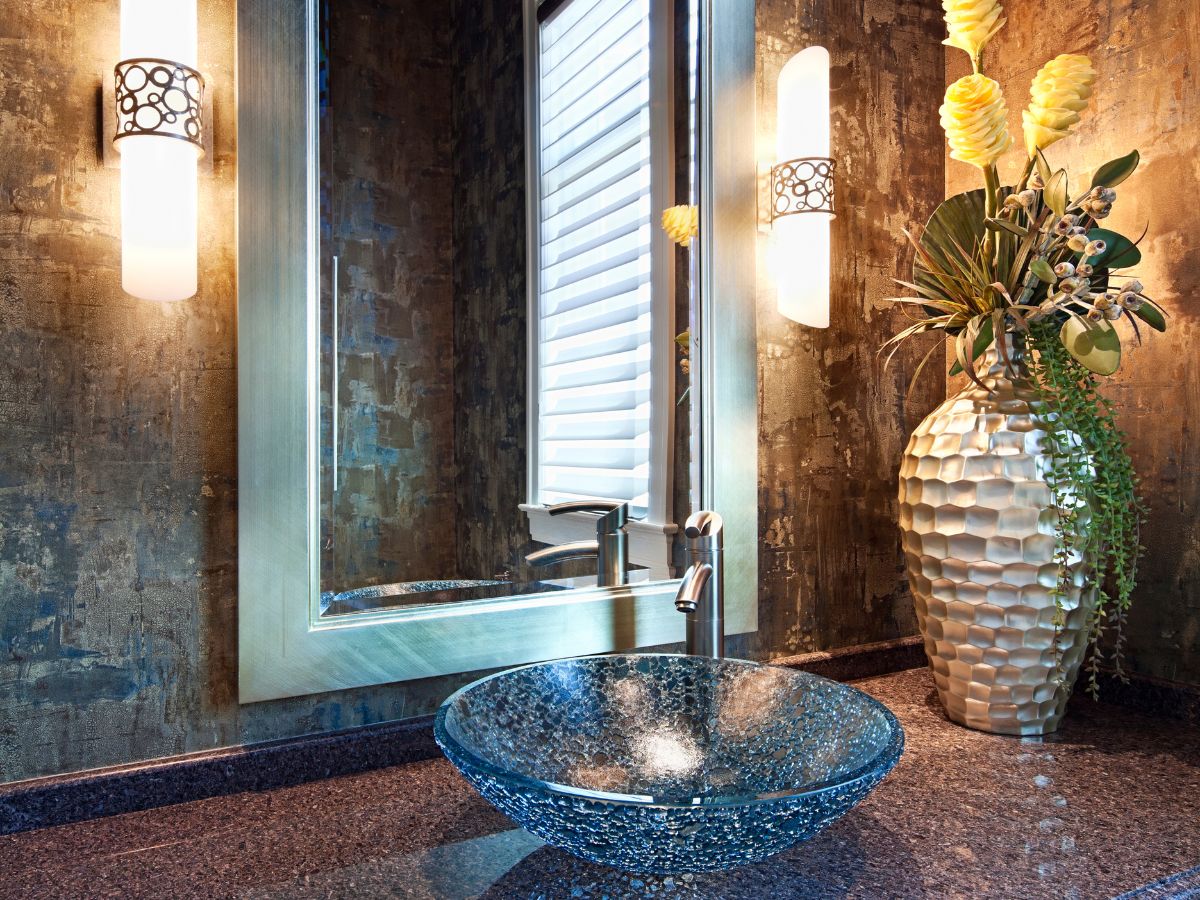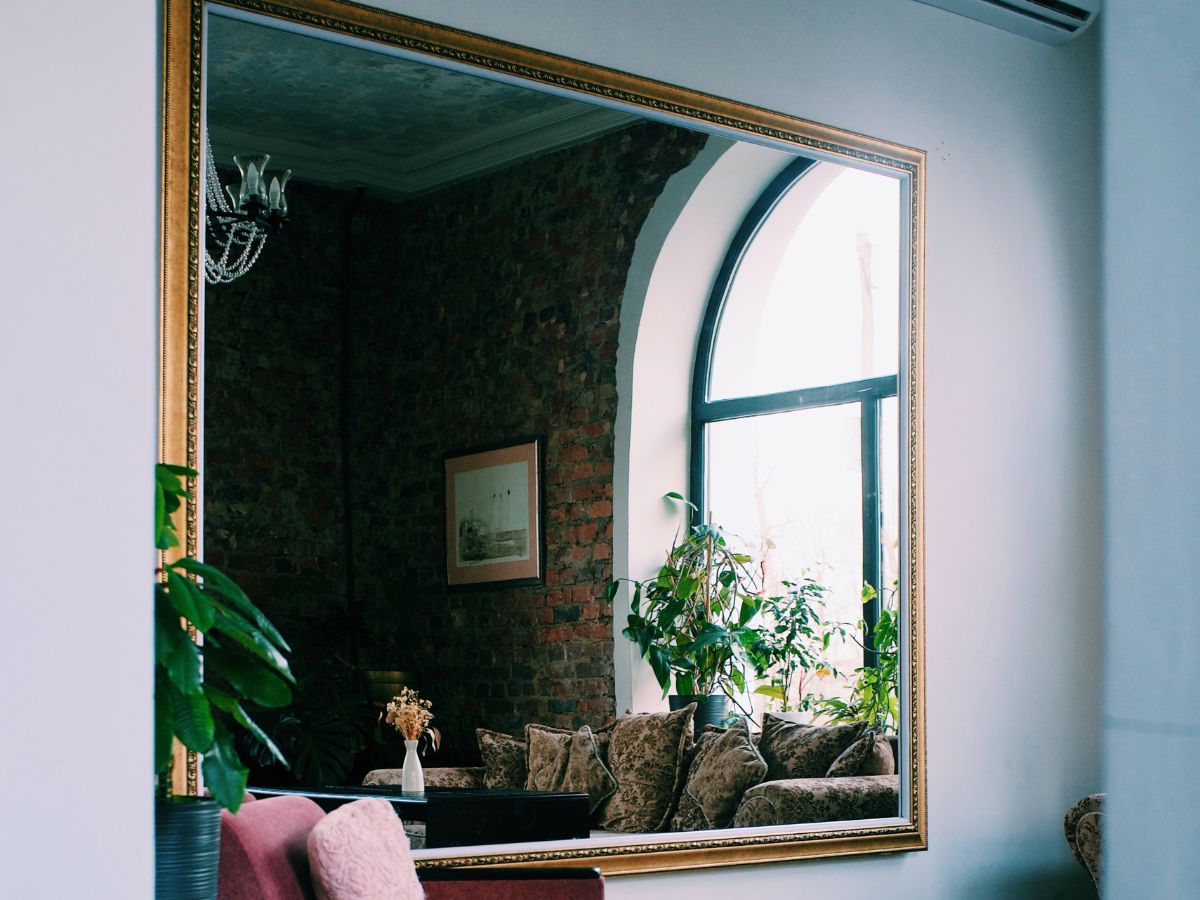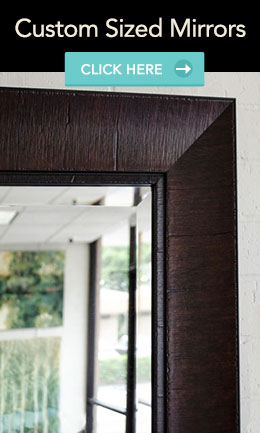
7 Tips on Using Mirrors to Highlight Architectural Features in Your Home
Mirrors are powerful design tools that can enhance a home’s architectural beauty. By thoughtfully placing mirrors, you can draw attention to unique features, amplify natural light, and create an illusion of spaciousness. Here are some expert tips on using mirrors to highlight architectural elements in your home:
1. Accentuate Focal Points
Hanging a custom-sized mirror above significant architectural elements like fireplaces or built-in shelving units can enhance their prominence. A large, framed rectangular mirror above a mantel not only draws attention but also adds elegance and depth to the room.
2. Enhance Natural Light
Placing mirrors opposite windows or glass doors reflects natural light, brightening the interior and highlighting architectural details. This technique is especially effective in darker rooms or areas with limited light, creating a more open and inviting atmosphere.
3. Highlight Unique Structures
Mirrors can emphasize distinctive architectural features such as archways, moldings, or exposed beams. By reflecting these elements, mirrors draw the eye to these details, enhancing their visual impact and adding depth to the space.
4. Create Illusions of Space
In smaller rooms or narrow hallways, custom-sized square or rectangular mirrors can create the illusion of additional space. Installing a large mirror along one wall can make the area appear more expansive, while also showcasing architectural features like wainscoting or decorative trim.
5. Complement Design Elements
Selecting frames that match existing architectural details can create a cohesive design. For example, a mirror framed in the same material as a staircase railing can unify the space and subtly reinforce the home’s design aesthetic.
6. Add Depth with Mirrored Niches
Incorporating mirrors into recessed niches or alcoves can add depth and interest to these architectural features. This approach not only highlights the niche itself but also reflects surrounding elements, enriching the overall design.
7. Frame Scenic Views
Positioning mirrors to reflect outdoor scenery can effectively ‘frame’ these views, bringing the outside in and enhancing the connection between interior and exterior spaces. This technique can make architectural features like large windows or French doors even more impactful.
Adding custom-sized mirrors into your interior design can help you accentuate your home’s architectural features, enhance natural light, and create a more spacious and cohesive environment.


